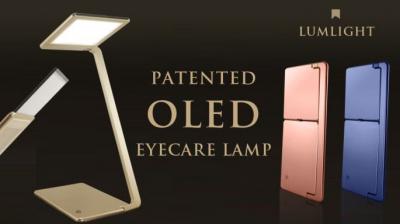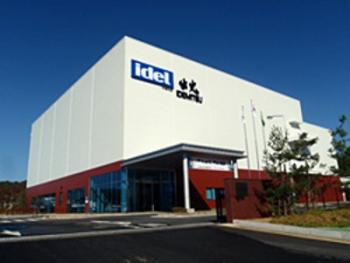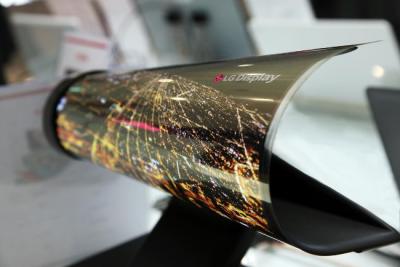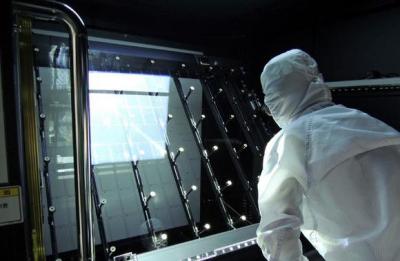Lumlight launches a crowdfunding campaign for its first OLED lighting lamp
Taiwan's organic chemicals maker Luminescence Technology (Lumtec) launched a new company called Lumlight to develop and produce OLED Lighting based products.
The company's first product is the OLED EyeCare Lamp, which uses an OLED panel to provide a healthy light source. Lumlight launched a crowdfunding campaign with an aim to raise $120,000 HKD (about $15,000 USD).










